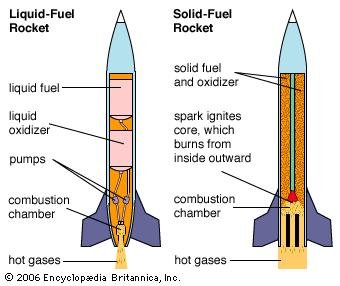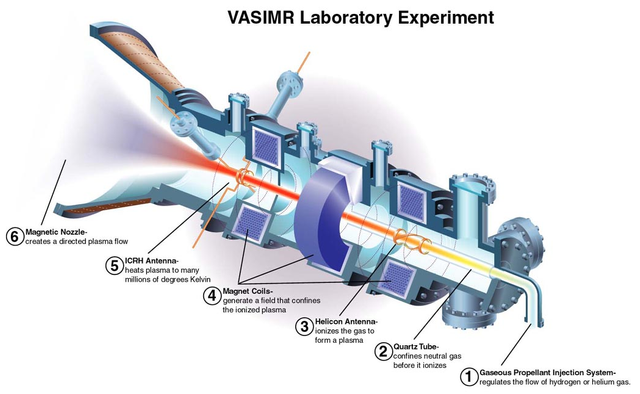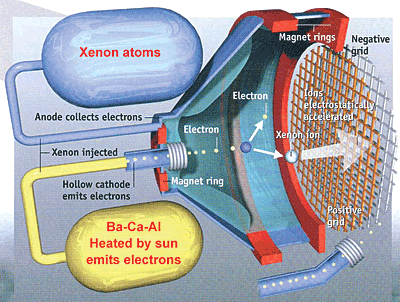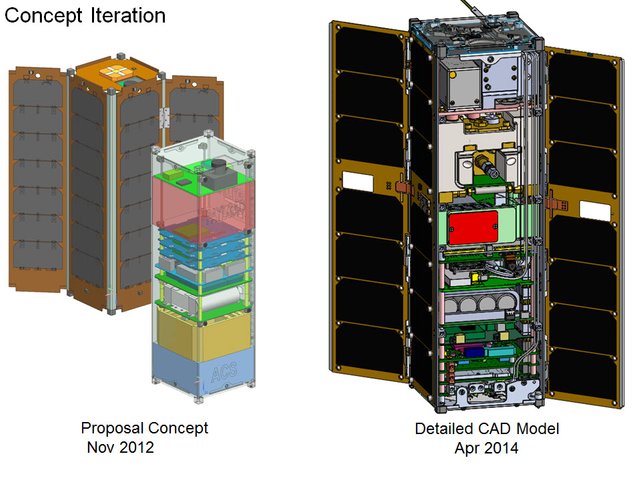Space Colonization Part 07: Nine very real ways Humans can travel the Cosmos
THE POWER OF PROPULSION
Space has always been a frontier where we expect the most advanced technologies and the most brilliant innovations to be employed. But for all that expectation, development has seemed to have stalled in one area: propulsion. We may play with engines but we still push rockets into space by burning fuels.

Here is a list of technologies that will propel our spacecrafts very soon:
CHEMICALS
Ah, the good old liquid fuels. A staple since the advent of the space age, these fuels have been in development for 90 years already. But even after all that time, chemical fuels are still around and will be for the foreseeable future. Unfortunately, we’ve done about all we can to make traditional chemical propulsion methods as efficient as possible.

ELECTROTHERMAL
More commonly associated with thrusters that orient rather than propel, these engines create super-heated plasma using electrical energy and push it through a supersonic nozzle. They’re ideal for longer missions as they don’t require the storage of volatile chemicals, and they are also fairly simple to make.

ION DRIVE
A low-thrust, long-term design, ion drives work by ionizing unreactive fuels (such as xenon), accelerating them using electrical fields, and then shooting them out into space. They are very slow at picking up speed, but can deliver 10 times as much thrust as a chemical rocket in the long run.

SOLAR SAILS
The ability of light to produce force was first discovered in 1873, and this innovative propulsion method works by having photons push a solar sail, thus propelling a craft forward. It would eliminate the need for heavy fuels or bulky engines, and the technique has already been proven effective by the Lightsail project and Japan’s Ikaros project.

PLASMA
A variation on ion drive technology, this engine has magnetic currents and electrical potentials that accelerate ions in plasma to generate thrust. Despite the concept being more than half-a-century old, no one has yet to launch a spacecraft with this type of propulsion system beyond our atmosphere.

THERMAL FISSION
Some may say an extension of the nuclear obsession, this engine would use conventional fission to heat a propellant and generate thrust. The NERVA was a Nixon-era rocket that’s based on this idea, but it was scrapped before off-Earth testing could be done. Such propulsion systems have been tested on the ground, though.

FUSION
Fusion propulsion involves compressing electrically charged particles and then accelerating them to the speed of light before they are forced out of the rocket’s propulsion system. It is a highly researched propulsion method, and for good reason — such a system would cut the amount of travel time to Mars in half.

NANOSPACECRAFT
Rather than focusing on finding ways to move the spacecraft we currently have, some are focusing on designing crafts that would be easier to propel. Nanospacecraft are much smaller probes and satellites, which means they wouldn’t need the same level of propulsion as their larger counterparts.

ANTIMATTER
The most efficient of any of these designs, an antimatter engine would be able to convert up to 75 percent of fuel mass into energy. It creates this propulsive energy by forcing atomic particles to collide with their antiparticles. The problem is that generating a usable amount of antimatter has not yet been done — so far, we’ve only been able to create it in particle accelerators in amounts that wouldn’t be enough to boil a cup of water, let alone propel us anywhere.If we are able to find a way to produce the stuff in greater quantities, NASA researchers estimate that just 10 thousandths of a gram could propel a craft to Mars in just 45 days.

Source Link:
https://futurism.com/could-humans-ever-really-reach-alien-stars/
Thanks for reading feel free to follow, vote and Re-esteem if you find it useful.
You can find more articles of mine here: https://steemit.com/@diasdr
Space Colonization Part 01: https://steemit.com/science/@diasdr/space-colonization-part-01-general-idea-and-why
Space Colonization Part 02: https://steemit.com/science/@diasdr/space-colonization-part-02-the-moon-colony
Space Colonization Part 03: https://steemit.com/science/@diasdr/space-colonization-part-03-3d-printing-the-future-colonies
Space Colonization Part 04: https://steemit.com/science/@diasdr/space-colonization-part-04-mining-the-asteroid-belt
Space Colonization Part 05: https://steemit.com/science/@diasdr/space-colonization-part-05-mars-and-the-terraforming-project
Space Colonization Part 06: https://steemit.com/science/@diasdr/space-colonization-part-06-the-skylon-the-motherships-my-plan
Good Job.